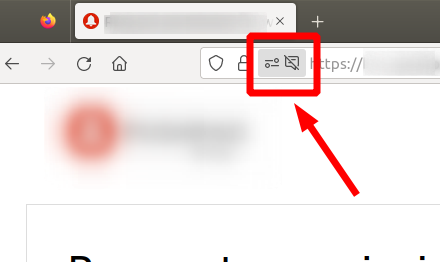
How to Assess Moissanite Quality: A Buyer’s Guide
Key Takeaways
- Focus on the four Cs: Carat, Cut, Clarity, and Color.
- Assess the stone's visual appeal under different lighting conditions.
- Consider certifications from reputable gemological laboratories.
- Compare prices to ensure you’re getting good value for high-quality moissanite.
When it comes to purchasing colored moissanite jewelry, understanding the quality of the gemstones is crucial. Knowing how to assess moissanite quality can not only help you make informed decisions but also ensure that you're investing in a piece that will stand the test of time. Let's dive into the essential factors to consider when evaluating the quality of moissanite.
The Four Cs of Moissanite
Similar to diamonds, moissanite quality is determined by the four Cs: Carat, Cut, Clarity, and Color. Understanding each component will give you insight into the overall quality of the moissanite. Let’s break down each one:
| Quality Factor | Description | Importance |
|---|---|---|
| Carat | The weight of the moissanite, measured in carats. Higher carats typically signify larger gemstones. | More carats often mean a more impressive appearance. |
| Cut | Refers to how well the stone has been faceted. The cut affects how the stone reflects light, impacting its brilliance. | A good cut enhances the overall beauty of the gem. |
| Clarity | Measures the presence of inclusions or blemishes. Higher clarity means fewer visible imperfections. | Higher clarity results in a more flawless appearance. |
| Color | Moissanites can come in various colors, from colorless to shades of yellow and green. Color grading affects the visual appeal. | Color can dramatically influence the perception of value. |
Understanding Each Quality Factor
Carat: Size Matters
The carat weight is one of the first things people notice about a moissanite. When assessing carats, consider how the weight looks on your hand or in jewelry settings. Larger stones naturally command higher prices but remember that bigger doesn't always mean better. The overall quality and potential flaws may be emphasized in larger gems.
Cut: The Heart of Brilliance
A moissanite's cut is critical. It determines how light interacts with the gemstone. A well-cut stone will maximize its brilliance and sparkle. When viewing moissanites, look for those that reflect light beautifully from various angles.
Clarity: Perfection in Detail
Clarity is assessed by looking at the number and visibility of inclusions. Moissanites are usually quite clear, but you'll want to ensure that there are no visible blemishes that might detract from its beauty. Consider the stone under magnification if possible, but even to the naked eye, you should aim for a flawless appearance.
Color: The Color Spectrum
Moissanites can be colorless or exhibit hues. While some may prefer the traditional colorless look, others might choose shades that match their style. A piece's color will influence its value, so be mindful that beauty is subjective in this area.
Visual Appeal and Lighting
Assessing how a moissanite looks in different lighting conditions is vital. Natural light can reveal imperfections that artificial lights might conceal, so always inspect the stone in various settings. Consider trying on rings or jewelry to see how they catch the light on your hand:
- Daylight: Bright light brings out clarity and color.
- Indoor Lighting: See how light reflects in softer settings.
- Fluorescent Light: Often highlights yellow and green hues.
Certification: Why It Matters
Certificates from esteemed gemological laboratories can add value and trust to your purchase. Look for stones that have been graded and certified by well-known institutes, such as GIA or IGI. Certifications guarantee that the gemstone has undergone thorough examinations and conforms to the described quality.
Comparing Prices
Knowing how to assess quality is only one part; you must also ensure you’re getting value for your money. Compare prices from different retailers, and check if they align with the quality indicators discussed above:
| Retailer | Cut Quality | Average Price Range |
|---|---|---|
| Retailer A | Excellent | $800 - $1,200 |
| Retailer B | Very Good | $600 - $900 |
| Retailer C | Good | $400 - $700 |
Keep this comparison in mind as you explore pieces from our colored moissanite rings or colored moissanite earrings sections. Pricing should be consistent with the quality of the stone that you're purchasing.
Pros
- Exceptional brilliance and fire, often exceeding diamonds.
- Less expensive than diamonds, offering more value for money.
- Diverse color options to fit different tastes.
- Highly durable, ideal for daily wear jewelry.
Cons
- May be mistaken for diamond due to similar appearance.
- Some may prefer natural gemstones for aesthetic reasons.
- Color inclusions may affect the natural look of the stone.
Tips for Beginners
- Always buy from reputable sources; check reviews.
- Understand return policies before making a purchase.
- Ask for certifications and always confirm the details with a professional.
By focusing on the four Cs, checking for certification, and carefully comparing prices, you’ll be well-equipped to assess moissanite quality confidently. Enjoy exploring our guides on the exciting world of colored moissanite jewelry and make a purchase you will cherish!

